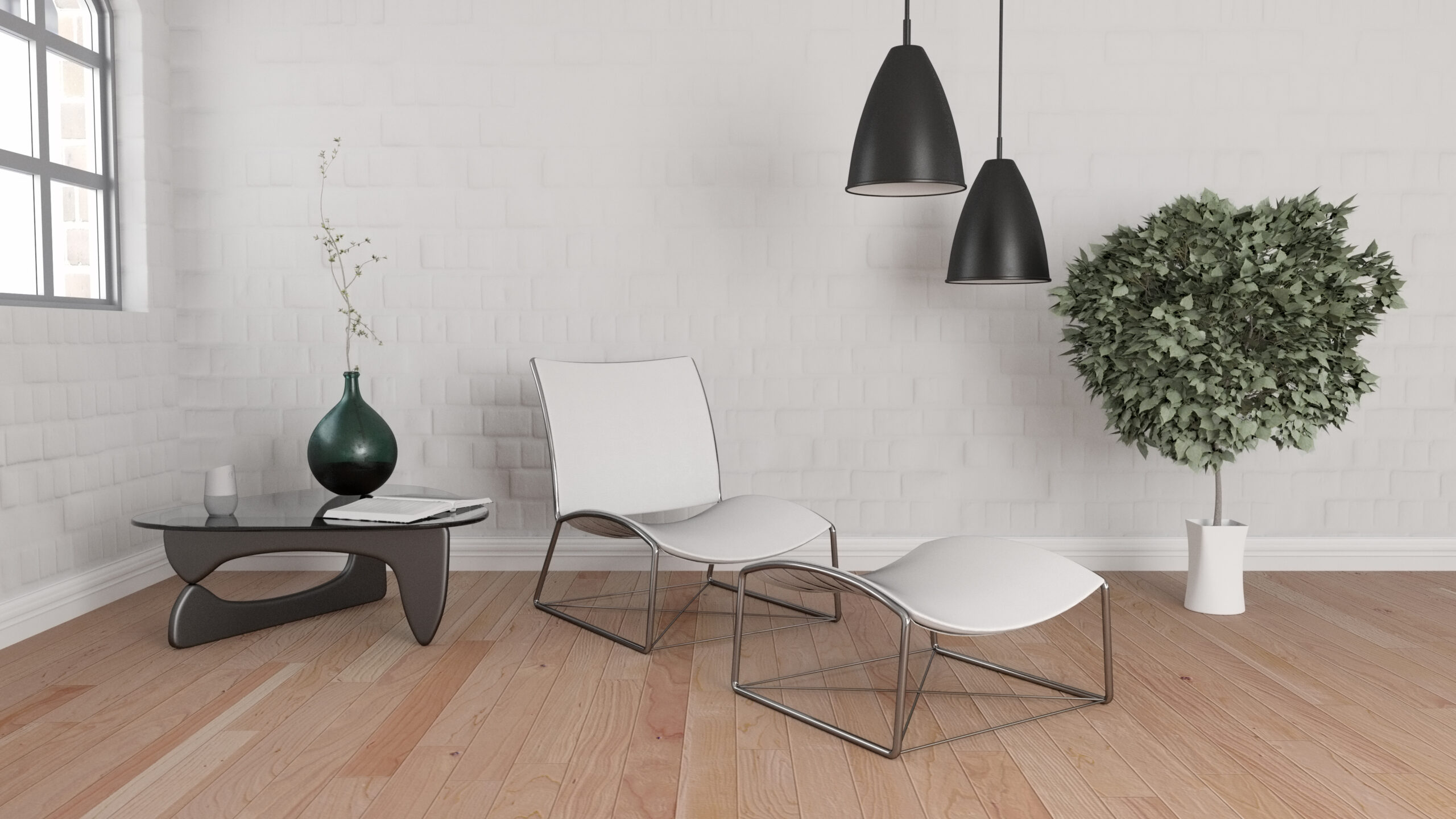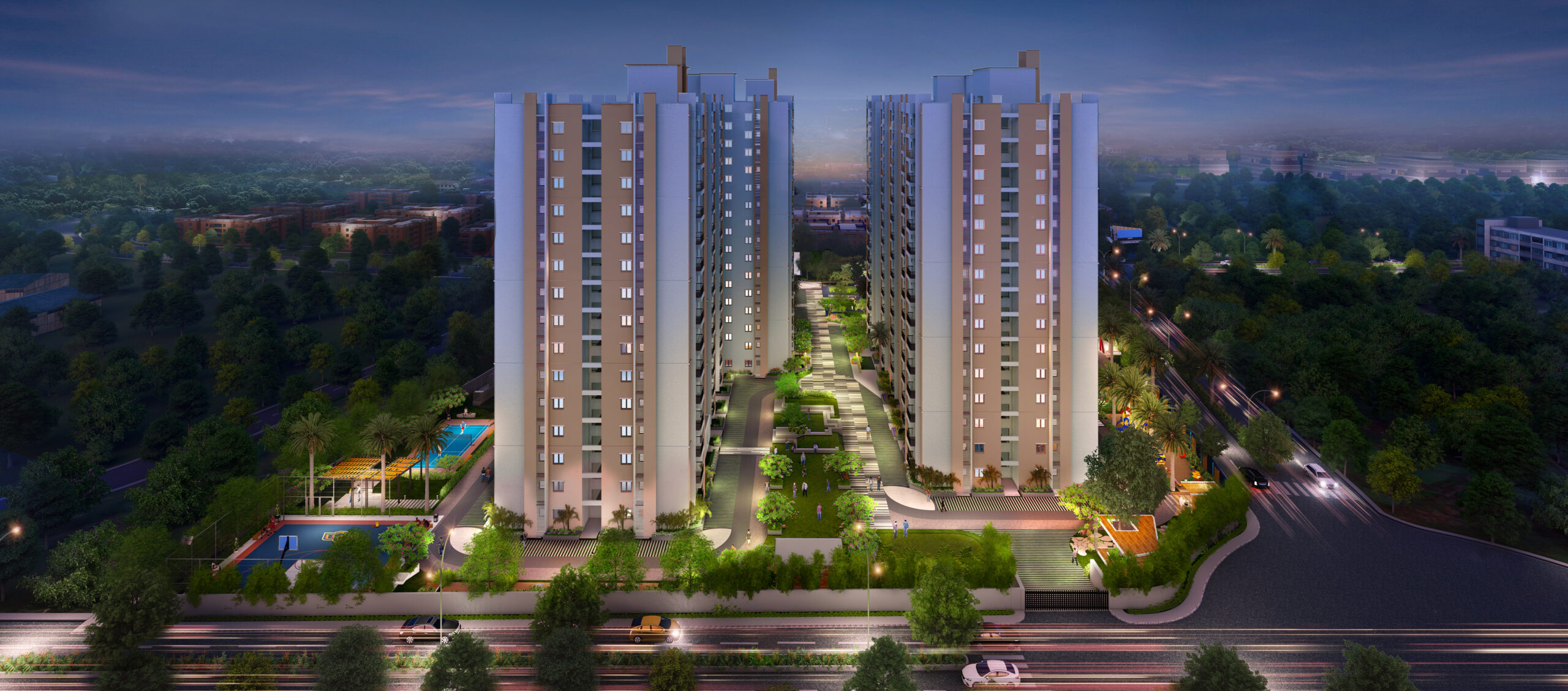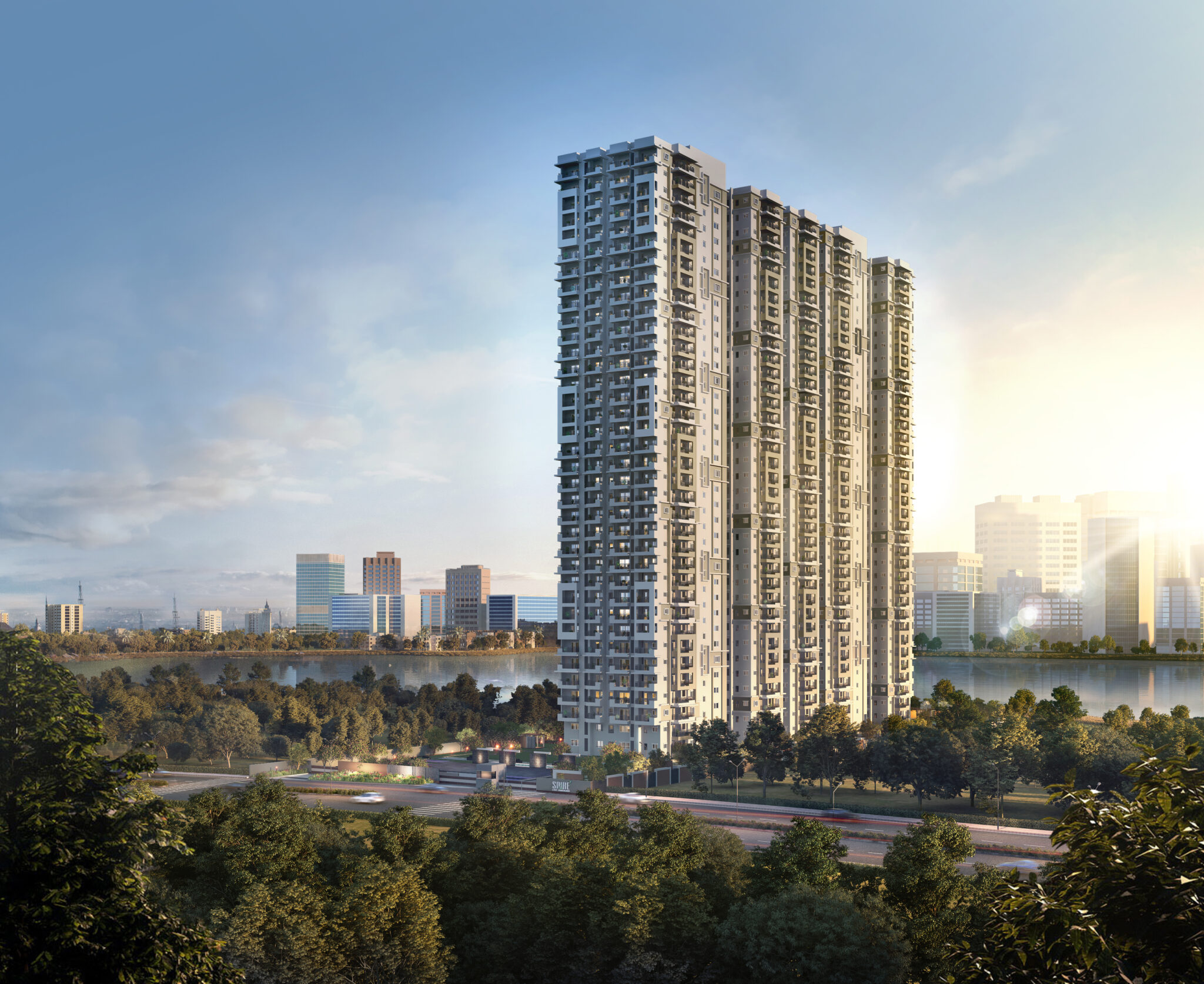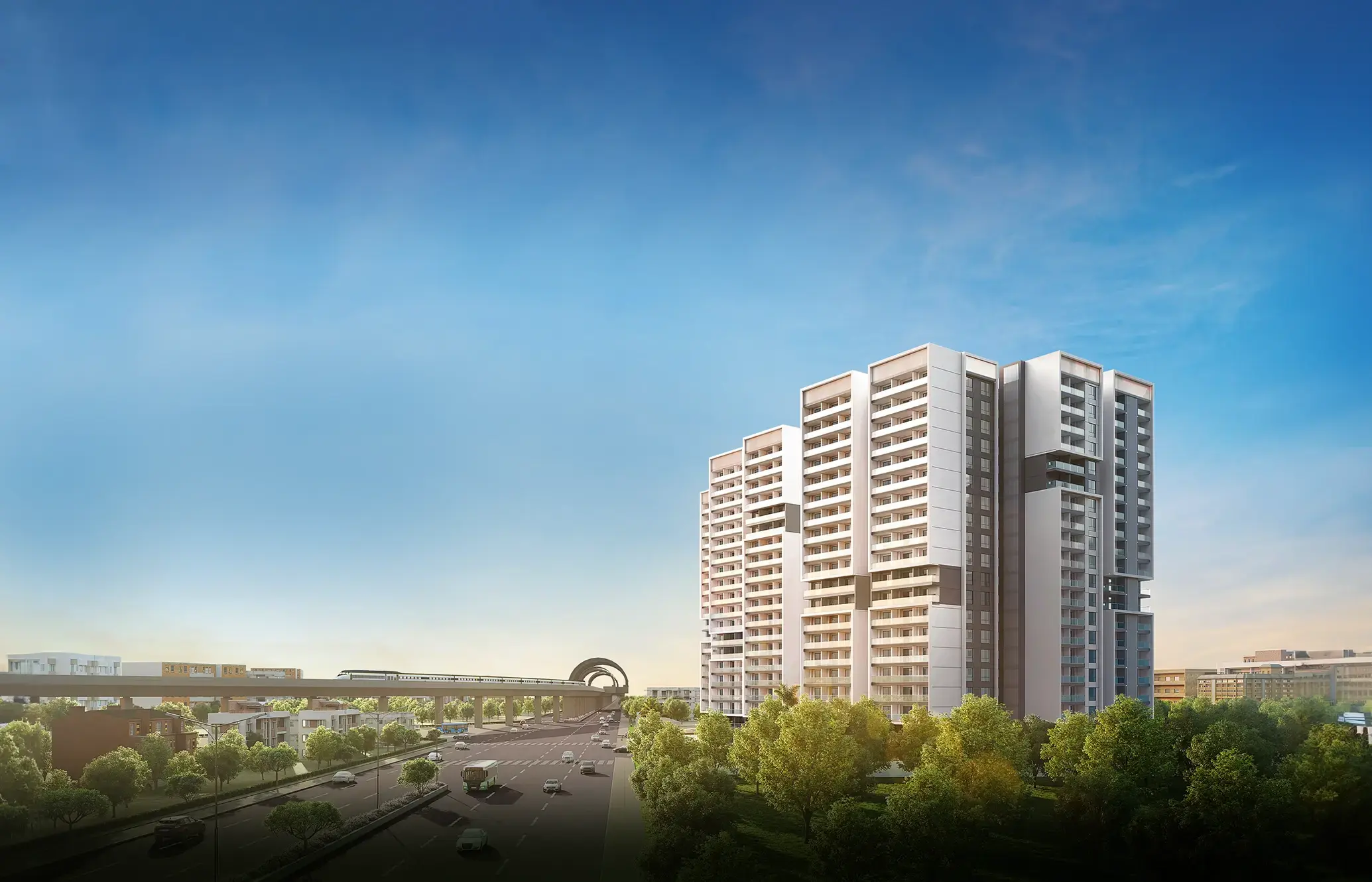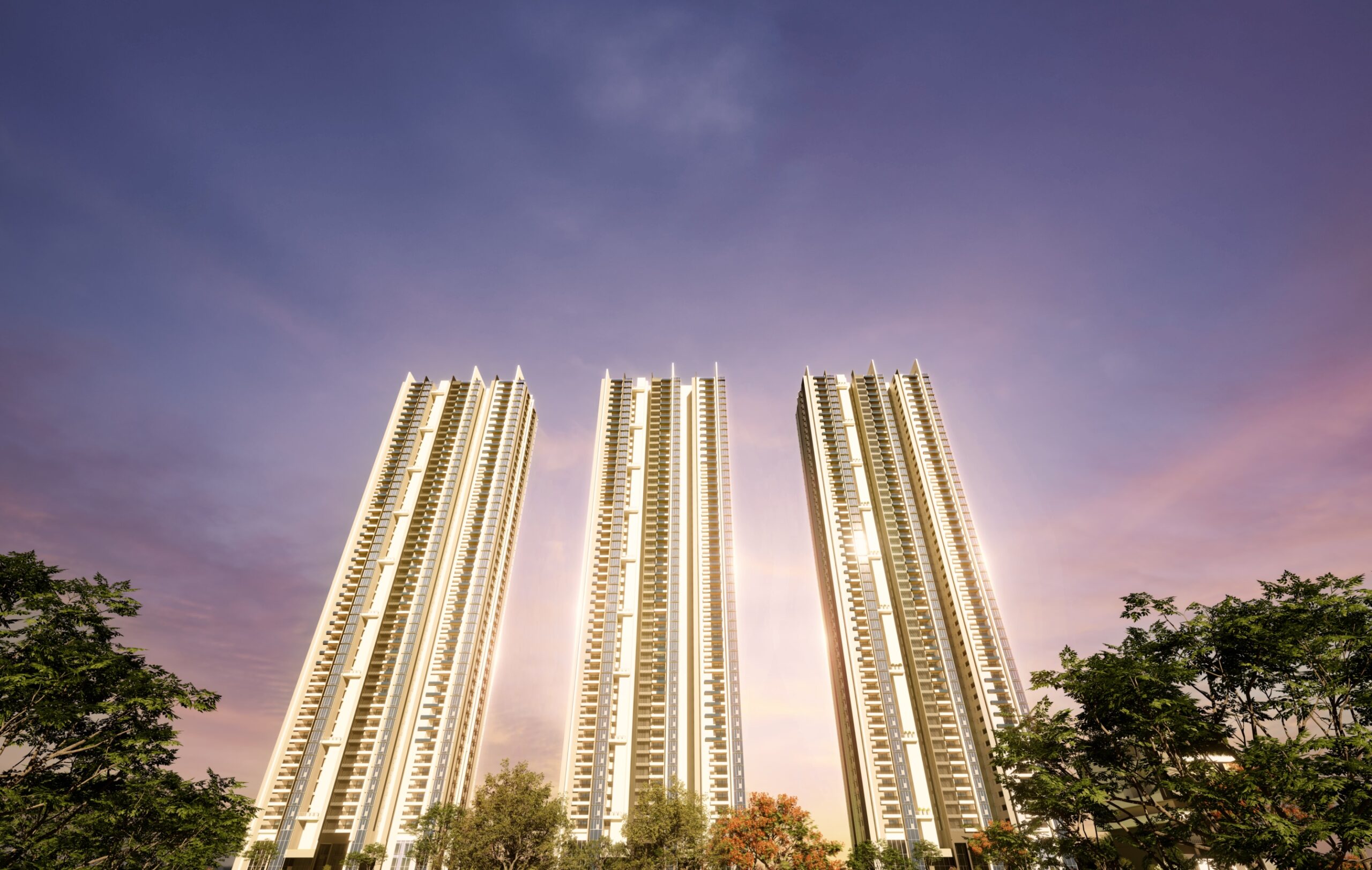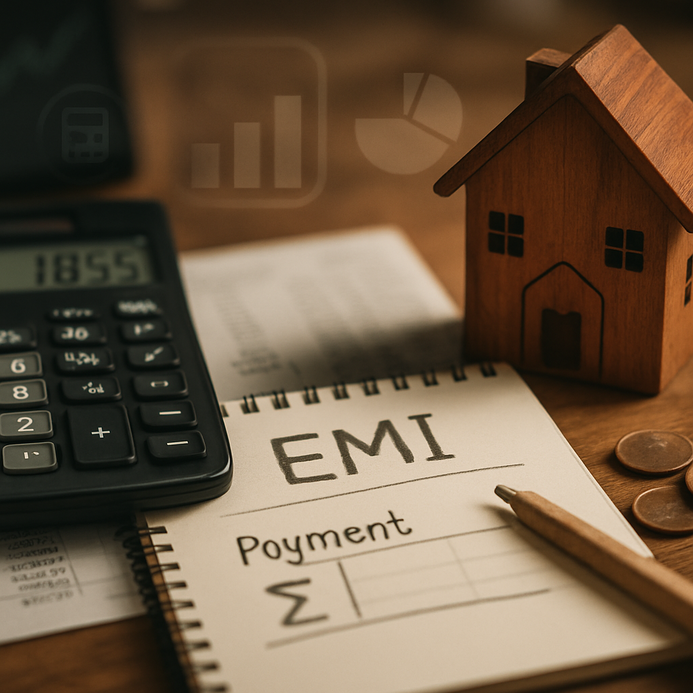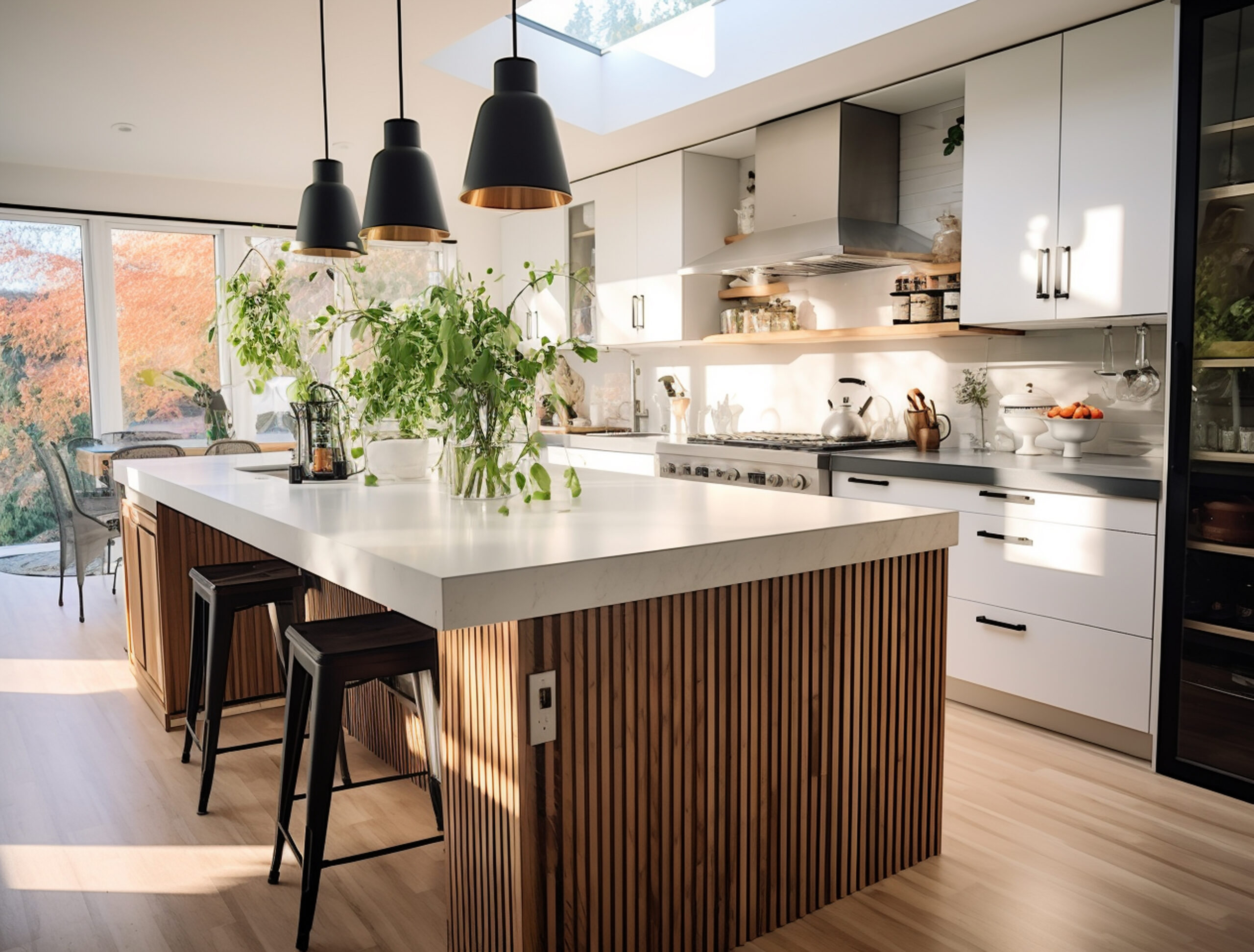How to Create Functional Spaces with Minimalism

Unlock the Possibilities of Functional Space and Master Minimal Home Decor
Functional space architecture is vital for easy and efficient living. Decluttering and designing your home with minimal home design is a space and time saver. It states a clean atmosphere.
Besides, creating functional space and mastering minimal home decor can have several benefits as well.
Start with minimalistic home design and to understand its benefits. This involves a few key steps:
Determine your needs

Think about how you use the space and what your needs are. This will help you determine what furniture, storage solutions, and decor you need. Moreover, your home space and mental space are as important and intertwined.
Benefit: Better focus on what matters: By reducing visual clutter, you can focus on the things that truly matter in your home. Including, spending time with family and friends, pursuing hobbies, or furthermore, relaxing after a long day
Declutter and Organise

Start with a decluttering session! Begin by freeing up your space and getting rid of any items that you don’t need or use. This will help create more space and make it easier to organise the items that you do need. Furthermore, you can keep recycling items that your home does not require and put it to better use.
Benefit: Clutter-free living: A minimalist approach to home decor can help moreover reduce clutter and make the space look more organised. More importantly, It is easier to keep things clean and tidy when there are fewer items to manage.
Invest in Multi-Functional Furniture
Credits: Interesting and Creative Designs
When selecting furniture for a functional space, choose pieces that can serve multiple purposes. Moreover, you save money, time, space, and energy spent on cleaning. For example, a coffee table with storage or a sofa that can be converted into a bed.
Benefit: Increased productivity: A organised and functional space can help increase productivity. It also helps with focus by reducing distractions and creating an environment conducive to work
- Floating Shelves: Instead of bulky bookshelves or cabinets, opt for floating shelves that can be mounted on walls. They provide storage space and add a minimalist touch to your home decor.
- Room Dividers: Create separate spaces in a room with the help of room dividers. This can be done with bookshelves, screens, or even curtains.
- Foldable Furniture: For small spaces, consider foldable furniture such as a dining table that can be collapsed when not in use.
- Under-Stair Storage: Utilise the space under your stairs by adding shelves or cabinets for storage.
- Hidden Storage: Lastly, incorporate hidden storage into your furniture such as ottomans with built-in storage or beds with drawers underneath.

Use a Neutral Colour Palette

It is important to understand the concept of the colour wheel. Moreover, colour temperature is important is determining which colour suits your home best. In addition, colour temperatures can have an impact on mentally. In fact, it helps determine how objects are positioned. Furthermore, it creates an impression of space in your home.
Colour wheel consists of Warm Colours and Cool Colours
1. Warm Colours
Warm Colours. include primary colours and furthermore, colours that mix with their blending. For example, Red, orange and yellow.
2. Cool Colours
Cool Colours include green, purple, blue, and variations of these three colours blending.
3. Neutral tones
Hence, look for neutral tones. A minimal home decor often features a neutral colour palette with shades of white, black, grey, and beige. This creates a calm and serene atmosphere. It also allows for pops of colour in the form of decor and accessories.
4. A pop of colour
A neutral colour palette is essential to minimalist design. In addition, you can add a pop of colour through a bold accent piece. For example, a bright throw pillow or a piece of art. This will add visual interest and a sense of personality to your space. Saffron and saffron shades, or Pantone colour, and Pantone colour finder are great colour wheels to help with colour schemes and great home colour ideas. Read our other blogs for a better understanding.
Benefit: Boosts creativity: When you have more physical and mental space, you have the freedom to think and create. Moreover, a minimalist environment can inspire creativity. It provides a blank canvas for your imagination.

Credits: Pinterest.com
Keep it Simple

Less is often more. This strongly applies in minimal home dsign. Hence, stick to simple, clean lines. Avoid cluttered or overly decorative items. Brass made materials are perfect for creating a sense of richness whilst showcasing minimalism. Furthermore it adds to the culture of your Indian home.
Benefit: Time-saving: You now have fewer items to clean and maintain. Moreover, you can save time and energy on household chores. It allows you to focus on other important tasks.
Incorporate Natural Materials

What’s more pleasing than to live in a home surrounded by beautiful greenery.
Natural materials like wood, stone, and linen can add warmth and texture to a minimal space.
- Incorporate plants: Plants are scientifically proven to relieve anxiety and stress. Plants add life and colour to any space. Incorporate them into your minimal home decor by placing them in simple, clean-lined pots.
Benefit: Reduced stress: A clean and organised space can help reduce stress and anxiety, furthermore leading to a more relaxed and peaceful atmosphere.
2. Vertical Gardens

Credits: Pinterest.com
A vertical garden is a method of growing plants on a vertical surface. This includes a wall or a fence, and using a variety of techniques. These gardens can be created indoors or outdoors. Furthermore, they are ideal for urban spaces, despite having limited space for traditional gardens. Moreover, these gardens are easier to maintain. Lastly, they require less effort or cleaning.
In addition, utilise vertical spaces by creating a garden wall with hanging pots or wall planters. This adds greenery to your home. But what’s more is it also serves as an excellent space-saving solution.
Embrace Natural Light

Credits: Pinterest.com
Light is the most important element in design. Maximising natural light is a key component of minimal home decor. Use sheer curtains or blinds that let in light while also providing privacy. Moreover, natural lighting can play a significant role in home decor. It helps both in terms of aesthetics and functionality.
Natural lighting can significantly enhance the aesthetic appeal of a room. It can help to highlight the colours, textures, and patterns of various decorative elements. This includes furniture, rugs, and artwork. Natural light also makes a space feel more spacious, open, and welcoming.
Importantly, natural lighting can also help to reduce energy consumption by reducing the need for artificial lighting. Moreover, This helps lower electricity bills and reduce your carbon footprint.
Lastly, natural lighting is an essential element of home decor that can significantly enhance the beauty and functionality of your living space. It has a range of benefits, including aesthetic appeal, improved mood and productivity, energy savings, and health benefits. It is essential to consider natural lighting when designing your home.
Create a Focal Point

Credits: Pinterest.com
A minimal space can still have a focal point, whether it’s a piece of art, a statement light fixture, or a unique piece of furniture.
Choose Statement Pieces

Credits: Pinterest.com
While minimalism is about keeping things simple, it doesn’t mean you can’t have statement pieces. Choose one or two statement pieces, like a bold piece of art or a unique light fixture, to add interest to your space. Pieces made from natural material such as wood and brass give your home a sense of elegance, including incorporating natural materials in your home.
Use Vertical Space

Credits: Pinterest.com
Make use of your walls and install floating shelves or wall-mounted cabinets to store items that you don’t use daily. This will help to keep your floors clutter-free and create a sense of openness.
Create Zones

Credits: Pinterest.com
If you have limited space, create zones within your home to maximize functionality. For example, you can create a workspace in a corner of your living room or a reading nook in your bedroom.
Keep Surfaces Clean

Credits: Pinterest.com
Minimalist homes are all about clean lines and uncluttered surfaces. Keep your countertops and tabletops clear of clutter by using storage solutions like drawers and cabinets.
Organise your Storage Spaces

A well-organised closet or pantry will make your life easier and help keep your minimal home clutter-free. Invest in storage solutions like shelves, hooks, and baskets to keep everything tidy.
Quality over Quantity

Credits: Pinterest.com
When selecting decor pieces, invest in high-quality items that will last for years. This will not only save you money in the long run, but it will also ensure that your space looks sophisticated and timeless.
Benefit: Cost-effective: Minimalism often means buying fewer items and focusing on quality over quantity. This can help save money in the long run, as you won’t need to constantly replace low-quality items.
Add Personal Touches

Credits: Pinterest.com
Incorporate personal touches like family photos or artwork to make your home feel more personalised and inviting
Embrace Negative Space

Credits: Pinterest.com
Negative space is just as important as the objects in a minimalistic space. Leave room around furniture and decor to create a sense of openness and calm.
Switching from a heavily furnished home to minimalism is quite the task. However, the benefits of having a minimalistic home overweighs all. creating a functional and minimalist space can lead to a more peaceful, productive, and enjoyable living experience.a functional space and minimal home decor can have a powerful transformative effect on your living environment. By simplifying your surroundings, you can create a space that promotes clarity, relaxation, functionality, creativity, and financial freedom. These steps, you can create a functional and beautiful space with a minimal home decor style. By eliminating unnecessary items and focusing on the essentials, you can create a space that is not only beautiful but also practical and efficient.
tart by decluttering your space. Remove any items that are not necessary, or that do not bring you joy. Focus on a few statement pieces, such as unique lighting and incorporating natural elements. Replace artefacts with indoor and outdoor plants, and most importantly, keep it simple
Identify your needs, plan a layout, buy multifunctional furniture, maximise storage, consider unique lighting and statement pieces, and maximise storage to create open spaces and zones.
Minimal decor typically focuses on neutral colours such as white, beige, grey, and black. These colours provide a calming and cohesive look to a space, and they allow other elements in the room to stand out. In addition to these neutral colours, pastel shades like blush pink, light blue, and sage green can also be used in minimal decor.
Start with a plan, use a focal point, Don’t be afraid to mix high-end pieces with budget-friendly items, Use different textures to add depth and interest to your space, add lighting to the house, both unique lighting and natural lighting. Use wallpaper, paint, or artwork to add interest to your walls. This is a great way to add colour or pattern to a space. Use plants, edit and declutter your space, and overall, enjoy the process.
